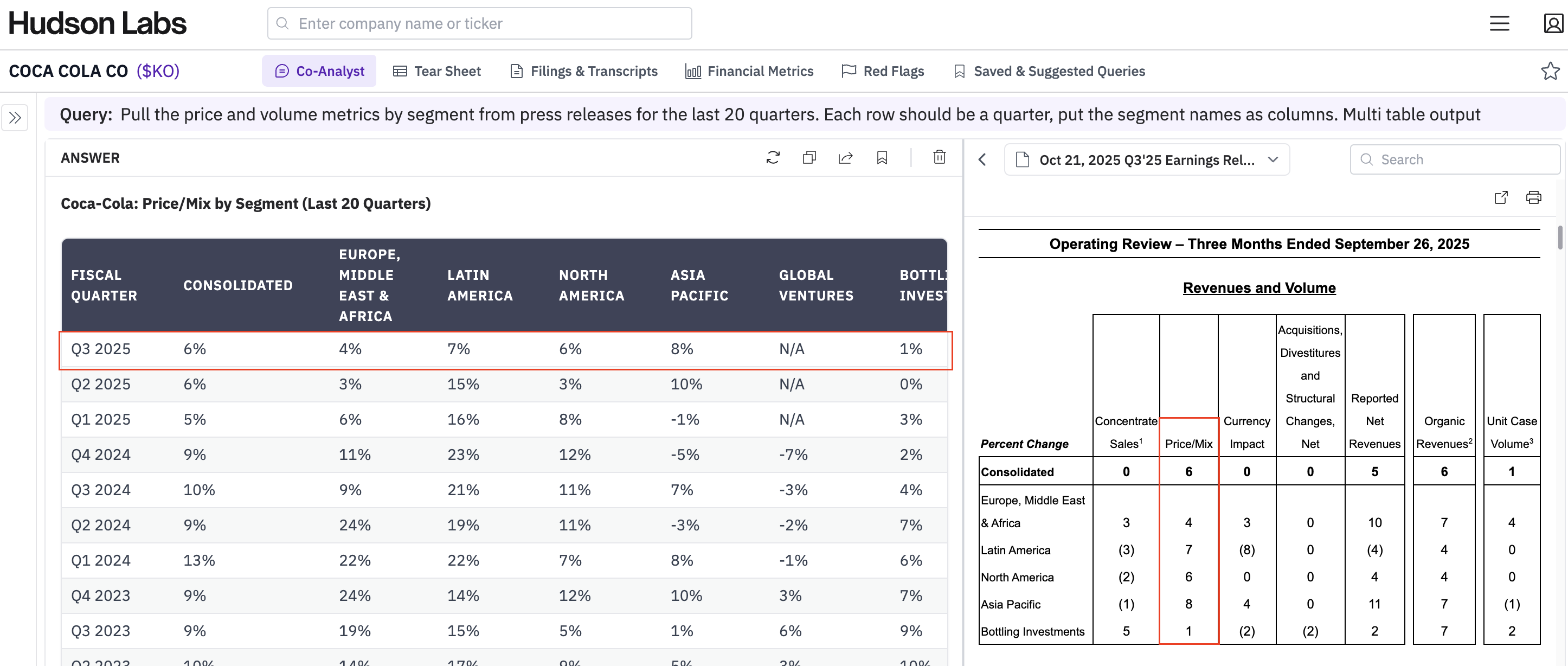Rule 10b5-1 proposed changes, and why they matter
Regulating Insider Trading
Back in December, some nerdy parts of FinTwit were abuzz with a new SEC rule proposal for Rule 10b5-1.
This was on our minds again this past week, as Boston Beer Co Inc (SAM), the company best known for Samuel Adams, made two announcements in the same 8-K:
- They would not be meeting earnings guidance for shipment growth and gross margin for the quarter. and
- Their Chairman/Founder terminated a 10b5-1 plan and would not be purchasing 356,500 share of the company’s stock.
So what is a 10b5-1 plan? And why do we care?
Rule 10b5-1 provides rules so that insiders can trade without… getting in trouble for insider trading.
In general, insiders with material non-public information are not, and should not be allowed to trade on that information.
This makes things difficult for insiders who are often compensated through stock options. How often does a CFO not have insider information? How can any CFO cash-out their swanky stock-based compensation and receive actual cash? This is where the 10b5-1 rules and the concept of Affirmative Defense come in.
Affirmative Defense
Insiders can trade if they’ve executed binding written “trading arrangements” before they were aware of insider information. They give detailed instructions to individuals authorized to trade on their behalf to make a trade some time in the future. With this in place, the insider is then free to go learn all sorts of interesting potentially stock-price changing information. The insider can “prove” that they were not trading on insider information because they put a specific plan in place to make the trade when they didn’t have such knowledge - and therefore they have an “affirmative defense”.
This sounds like it would work! Making a plan before you have insider info means you can’t benefit from insider info… right? right?
This doesn’t always work as planned because of certain loopholes:
- There is no timing limitation. An insider can put in place a “trading arrangement” and execute a trade under the plan on the exact same day.
- There is no limitation of the number of “trading arrangements” an individual can have. Overlapping arrangements can be strategically cancelled or modified to the benefit of the insider.
Academic research has shown that insiders that take advantage of trading plans tend to make better trades than those that don’t, insiders using these plans are still managing to come out ahead.
New Proposed Rules
Here’s a quick peek at some of the proposed rules:
A 120 day cool-off period for Officers and Directors
Directors and Officers may be required to wait 120 days between creating a “trading arrangement” and relying on affirmative defense. This ensures that any trades under the plan would be made AFTER quarterly results are released.
Cancellations require cool-downs
To make sure cool-down period rules are effective, there’s a proposal to have even a single cancelled trade be considered a modification, restarting the 120-day cool-off period.
One plan to rule them all
There are two proposals here, first, saying the affirmative defense rule doesn’t apply to overlapping trade arrangements for the same securities, or second, limiting affirmative defense to one trade per 12-month period.
Disclose Disclose Disclose!
Require issuers to disclose their insider trading policies (if they have them), or why they don’t have any in their annual reports.
And more
There are additional proposals around issuer cool-offs, insider attestations, granting and disclosure of equity compensation awards, and reporting for gifts of securities. These jump into issues we’re not covering here.
Our Take
It’s likely a combination of the above proposed rules will be necessary to have a meaningful impact on closing loopholes. A cool-down period that requires a quarter to be reported between creating an agreement and executing a trade helps to level the playing field, but without a limitation of overlapping plans this may not matter as much for those planning ahead. Conversely, having to restart a cool-down period doesn’t matter as much if you have other tradable agreements in place.
Obviously, we’re excited about annual report disclosure requirements. We know investors don’t always read the fine print, but we do. We believe transparency is the first step towards accountability.
Policies and procedures around insider trading are a part of good governance, and good governance is important for avoiding fraud and other high impact downside events.
We’d love to have an easy way to track the number of 10b5-1 plans an insider creates, cancels, and trades on.
This isn’t a full explanation by any means. If you want to dive a bit more into the nitty-gritty:
- Michelle Leder at footnoted* has written about “spring-loaded” stock options
- Professors Dan Taylor @ProfAnalytics and Alan Jagolinzer @jagolinzer have done amazing research, and deserve credit for getting the SEC to pay attention to 10b5-1 loopholes. Kudos!
About us: Hudson Labs extracts red flags from SEC filings based on learned associations with downside outcomes. Our institutional dashboard analyzes annual and quarterly statements, 8-Ks and SEC comment letters for over 8,000 tickers. We process filings and render analysis in real-time. Connect with us on Twitter.
Check-out our whitepaper to learn about how unstructured data in 10-Ks is underused.








